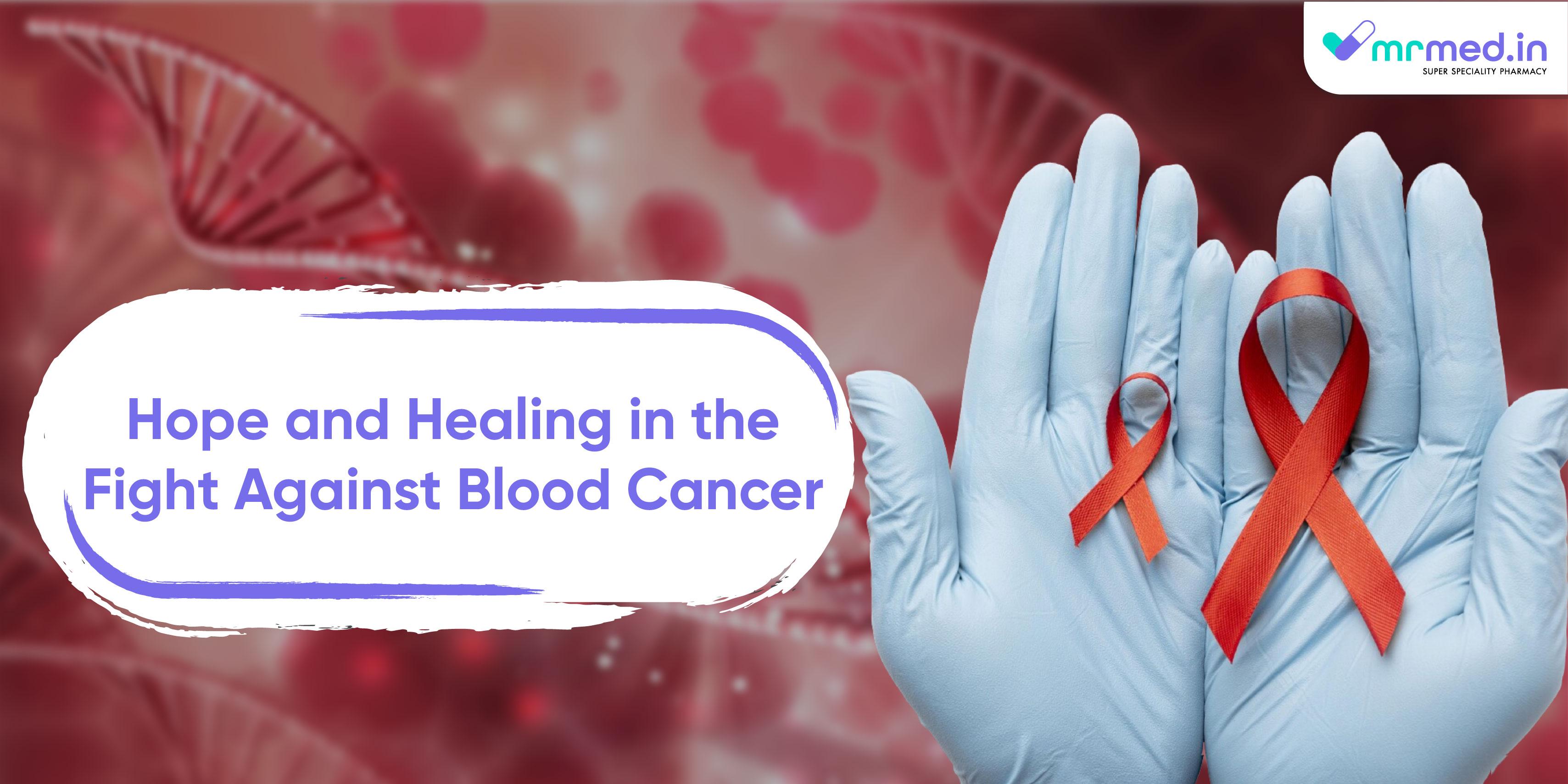Blood cancer, including leukemia, lymphoma, and myeloma, affects thousands of people worldwide. "Philadelphia chromosome-positive chronic myeloid leukemia," or Ph-positive CML/Ph+ CML, is one such type that might sound scary and complicated. In this article, we will break down what Ph+ CML is, how it's diagnosed, and what treatment options are available.
Understanding Blood Cancer
Blood cancer is a form of cancer that occurs in the blood, bone marrow, or lymphatic system. It can affect any individual, regardless of age or gender. The causes are complex, but genetics, exposure to certain chemicals, and immune system disorders may play a major role. The impact of blood cancer is profound, not just on the person diagnosed but on their families and loved ones as well. The three major types are leukemia, lymphoma, and myeloma.
Understanding Leukemia
Leukemia is a form of blood cancer that originates in the cells of the bone marrow, the porous tissue within bones.
There are several types of leukemia, but they are generally classified into four main categories:
- Acute lymphoblastic leukemia (ALL): This type of leukemia affects the lymphoid cells (a type of WBCs). ALL progresses rapidly and is more common in children.
- Acute myeloid leukemia (AML): AML affects myeloid cells, another type of white blood cell. It progresses quickly and can occur in both children and adults.
- Chronic lymphocytic leukemia (CLL): CLL affects the lymphoid cells and progresses more slowly than acute leukemia. It is more common in adults, particularly older adults.
- Chronic myeloid leukemia (CML): CML affects the myeloid cells and typically progresses slowly at first but may accelerate over time.
What is Ph-positive CML?
The name Ph+ CML or "Philadelphia chromosome-positive chronic myeloid leukemia comes from a special chromosome called the Philadelphia chromosome, found in more than 95% of people with CML. Researchers in Philadelphia first discovered this chromosome, hence the name.
What Causes Ph+ CML?
Ph+ CML isn't something you are born with and is not passed down from your parents. Instead, it happens because of a change in your chromosomes. As cells in your body divide and make copies of themselves, sometimes mistakes happen. In Ph+ CML, pieces from two different chromosomes (chromosomes 9 and 22) swap places, creating the Philadelphia chromosome. This results in the synthesis of an abnormal protein called BCR-ABL, which causes the bone marrow to produce too many immature white blood cells.
Symptoms of Ph+ CML
Many people with Ph+ CML don't have any symptoms at first. Sometimes, the only sign of the disease is a high white blood cell count found during a routine blood test. As the condition advances, symptoms may include fatigue, weakness, fever, night sweats, and an increased risk of infections.
Diagnosis and Treatment
If your doctor suspects Ph+ CML, they will perform blood tests and bone marrow biopsies to confirm the diagnosis. Once diagnosed, the goal of treatment is to control the disease and manage symptoms effectively. Tyrosine kinase inhibitors (TKIs), like Tasigna, are often used to target abnormal cells and help restore normal blood cell production. These medications are effective for many patients, helping them live longer, healthier lives.
Living with Ph+ CML
Living with Ph+ CML can be challenging, but many people find ways to cope and adapt. Support from healthcare professionals, family, and friends is essential. It is also important to stay informed about your condition and actively participate in your treatment plan.
Conclusion
Philadelphia chromosome-positive chronic myeloid leukemia may seem like a daunting diagnosis. Still, with advancements in treatment and ongoing support, many people with Ph+ CML can lead fulfilling lives. In the face of blood cancer, there is hope and healing. Individuals with Ph+ CML can find hope and healing on their journey by understanding the disease and working closely with healthcare providers. We can make a difference by supporting patients, promoting resilience, and investing in research. Let us stand together in this fight, offering hope and healing to all those affected by blood cancer.
